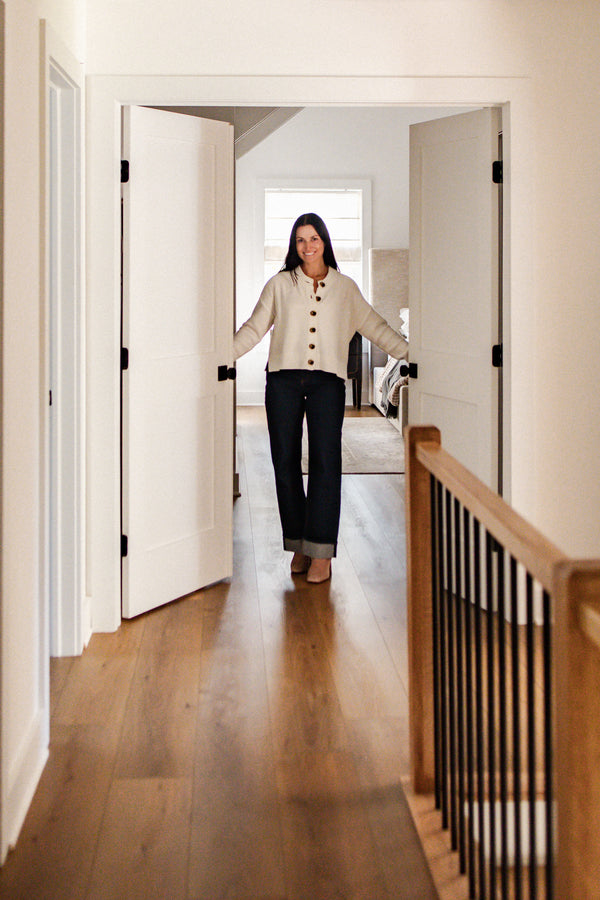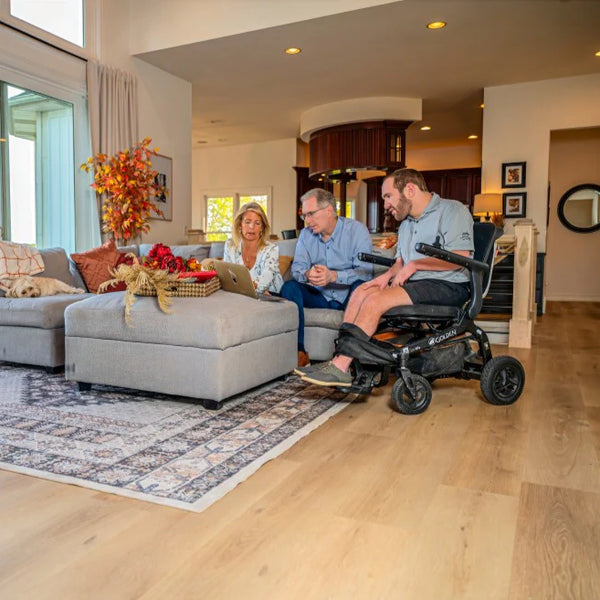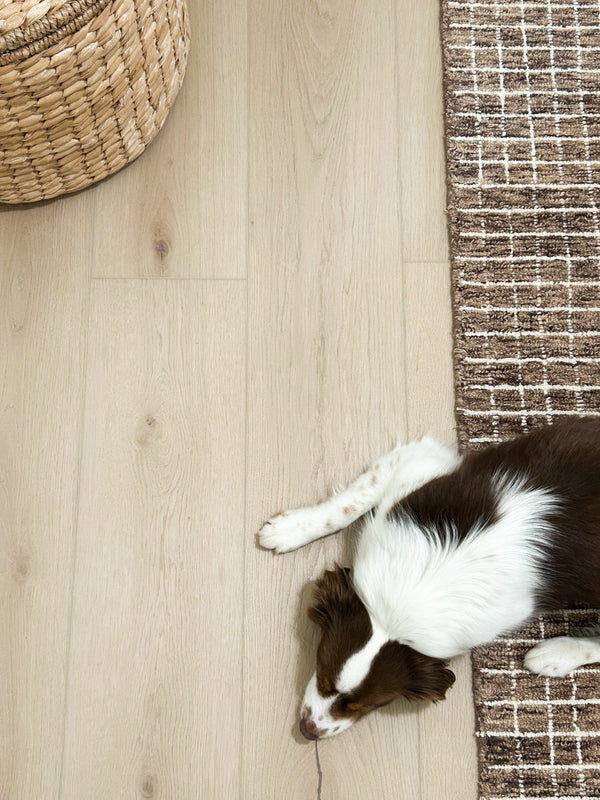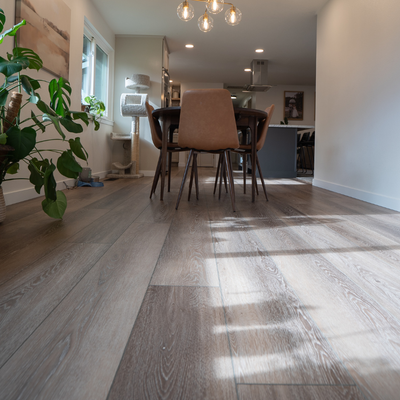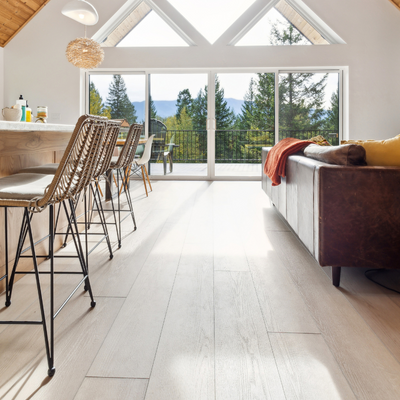Removing carpet can be a daunting task, especially if you're considering a transition to hardwood or vinyl flooring. However, with the right tips and tricks, the process can be smooth and stress-free. In this blog, we'll guide you through expert strategies to help you remove your carpet effectively, ensuring a seamless transition to your new flooring.
Preparing for the Carpet Removal Process
Before diving into the task of removing carpet, preparation is key. Start by clearing the room of all furniture and personal items. This will not only make the process smoother but will also ensure that your belongings are safe from any potential damage during the removal. If possible, it may even help to use this opportunity to give your space a thorough cleaning.
Next, assess the type of carpet you've got. Is it glued down or installed with tack strips? This will dictate the techniques and tools you'll need. Also, make sure you check the condition of the subfloor underneath and note any issues, such as moisture or structural problems.
Essential Tools and Materials You Will Need
When it comes to removing carpet, having the right tools at your disposal can make a world of difference. First and foremost, you'll need a sharp utility knife. This will help you slice through the carpet effortlessly. Make sure to keep a few extra blades on hand; a dull blade can make the process frustrating and more time-consuming.
You'll also require a set of pliers, especially if your carpet is nailed down. Pliers will help you grip and pull the nails out without damaging the floor beneath. In addition, a sturdy pry bar can be invaluable for lifting stubborn tack strips. It might be worth investing in a good-quality one that's designed for flooring removal.
Don’t forget to protect yourself throughout the entire process. Wear gloves to prevent blisters from handling tools, and safety goggles to shield your eyes from dust or debris. Also, consider a dust mask for enhanced safety, especially if you’re working in a poorly ventilated area.
Step-by-Step Guide to Removing Carpet
Once you’re prepared with the right tools, start by cutting the carpet into manageable strips. Use your utility knife to slice through the carpet, making sure to cut at least a few inches from the wall to avoid damage. Roll up each strip as you go along, which will make handling the carpet easier.
Once the carpet is removed, you’ll need to tackle any padding beneath it. Depending on the installation method, this can sometimes be a quick job, or it could involve some extra effort. Check for any staples or nails that might be holding it down and remove them carefully.
Finally, take a moment to inspect your subfloor after all of the carpet and padding have been removed. Ensure that it is clean and free of debris. A clean surface is essential for the installation of your new flooring, as any leftover materials can lead to issues.
Dealing with Carpet Adhesive and Tack Strips
Depending on how your carpet was installed, you may encounter carpet adhesive or tack strips during the removal process. Tack strips, those small wooden pieces that hold the carpet in place, can be a bit tricky. Use your pry bar to gently lift them away from the subfloor, taking care not to damage the floor itself in the process.
If your carpet was glued down, it can be a particularly stubborn challenge. Adhesive can often leave behind a sticky residue. Start by scoring the adhesive area with the utility knife to break its bond with the subfloor. After this, use a scraper to remove the remnants, applying a little heat from a hairdryer if needed; known as 'thermal breaking'.
Preparing the Subfloor for Your New Flooring
With the carpet and any remnants removed, it’s crucial to prepare your subfloor for the new flooring installation. Start by cleaning the area thoroughly. Sweep or vacuum to eliminate dust and small debris that could cause issues later on.
Next, check for any damage to the subfloor itself. Look for squeaky boards, soft spots, or signs of warping. It’s generally a good idea to replace any damaged sections before laying down your new vinyl or hardwood. This will save you potential headaches in the future.
Finally, consider whether your subfloor needs a moisture barrier. In most cases, a moisture barrier is not necessary for the sake of the flooring itself if you are using a 100% waterproof option like our Modin LVP. A moisture barrier is required if you are installing flooring on a concrete slab, though. Using a moisture barrier will reduce the humidity in your space, prevent mold and mildew growth, and help prevent rare issues that can arise as a result of excess moisture building up underneath the planks.
Learn more about moisture barrier recommendations for Modin LVP and Silvan Engineered Hardwood.
Tips for a Smooth Installation of Vinyl or Hardwood
As you prepare to install your new flooring, consider acclimating your vinyl or hardwood planks to the room's temperature. Our Modin Collection does not require acclimation prior to installation due to its incredibly stable SPC core. For Silvan Engineered Hardwood, we recommend leaving them in the space for at least 48 hours before installation to help them adjust, reducing the risk of warping or gaps after they're installed.
Make sure to follow the manufacturer's instructions for the installation process closely. Different products may have specific requirements, and adhering to those guidelines will ensure your new flooring lasts. If you’re unsure, don’t hesitate to consult a professional.
Lastly, take your time during the installation. Rushing can lead to mistakes, and the last thing you want is to have to redo parts of your flooring. Work systematically, measure twice before cutting, and enjoy the process. Before you know it, you’ll be stepping onto your beautiful new floor!
